Uncovering the materials of tomorrow responsibly: How the green transition became an environmental hazard
Interview with Gregory Beischer, CEO, president, and director of Alaska Energy Metals

Alaska Energy Metals is spearheading the development of a large-scale nickel
project in the interior of Alaska, aiming to supply the essential strategic metals
required to secure America’s energy future and drive the energy revolution.
As part of our “CEO interview” series, we had the opportunity to sit with Gregory (Greg) Beischer, CEO, president, and director of Alaska Energy Metals to discuss how the recently formed company is working on unlocking Alaska’s (and Quebec’s) nickel for a cleaner energy future.
CMJ: As a conversation starter, we would like to get to know you a bit, so can you please talk to us about your background and how you became CEO of Alaska Energy Metals Corporation (AEMC)?
GB: I am a geologist and mining engineering technologist by trade. I am highly knowledgeable on the geology of magmatic nickel-copper-platinum deposits, and my entry point into mining was through INCO, a Canadian mining company and the world’s leading producer of nickel for much of the 20th century. From there, I worked for several companies, including Bristol Bay Native, where I forged many strong connections across Alaska before founding Millrock Resources in 2007. I led the team at Millrock for 15 years and together we built a successful “project generator” company that attracted more than US$50 million in capital from major mining companies, junior explorers, and investors.

In May 2023, I retired from Millrock and founded Alaska Energy Metals Corp. (AEMC), a publicly listed junior exploration company (TSXV: AEMC). This was a big but necessary step, as several years ago, I began to realize that nickel demand would far outstrip domestic supply. Shortly after that realization, in 2021, the U.S. Geological Survey (USGS) deemed nickel a single point of failure for the U.S. Today, the U.S. is almost completely trade-dependent on foreign entity of concern (FEOC) countries, including China and Russia. Therefore, to secure a domestic supply of nickel and other critical and strategic metals for North America’s energy future, I knew we needed to switch from focusing on multiple projects and focus on exploring domestically for critical metals.
Alaska Energy Metals currently holds two projects, our flagship project in interior Alaska — the Nikolai nickel project, where we have discovered a multi-critical, multi-decade deposit — and a nickel-copper project in Quebec, the Angliers-Belleterre project.
Our multi-critical deposit at Nikolai, Eureka, contains nickel, copper, cobalt, chromium, iron, platinum, palladium, and gold.
CMJ: Please talk to us more about the history of AEMC.
GB: The company was formed in 2023, and we have made impeccable progress on the exploration front over the last year and a half, since our inception. In less than a year, we were able to take an exploration concept and turn it into a substantial deposit of nickel and other critical and strategic metals for our energy transition.
Nine months ago, we announced the results of our first maiden Ni43-101 mineral resource estimate for the Eureka deposit at Nikolai in Alaska, which exceeded 1.5 billion Ib. of contained nickel. Three months later, we were able to confidently update the mineral resource estimation (MRE), which produced a 180% increase in the inferred tonnage and added substantial, new indicated tonnage to the deposit.
Around the same time, we announced the acquisition of Angliers-Belleterre in Quebec, which marked a significant milestone — deeper penetration of the North American market. We have filed two technical reports over the year, closed the acquisition of Angliers, and added new remarkable additions to our advisory board.
Most recently, we closed a US$5 million special warrant, and unit offering and exploration at Nickel is well underway with more than US$8.68 million recently raised. To raise such a substantial amount in this environment really speaks to the quality of the project, confidence in our exploration team and plans, and to our new company directors, who are in place to assist in fully unlocking value for all our shareholders.

CMJ: Why do we need to mine critical metals domestically, and do we need to quicken the pace?
GB: The U.S. is four times more dependent on China’s minerals and their processing than it was on the Middle East at the peak of its oil dependence. Fast forward to today, the U.S. has become the leading producer of oil globally. We need to mimic this strategy if we are to ensure our mineral supply for the long-term without any sudden disruptions. And given the U.S. is the world’s second largest consumer of nickel, we need to ensure our mineral supply remains economically resilient.
Mining is the lifeblood of our existence. The mining industry powers every single facet of our daily lives: the bridges we cross, the planes we fly in, the electricity we use, and the technology we are addicted to. Even the plates on our table and the cosmetics on our faces come from mines, and if you own an electric vehicle, then you likely know, they would not have existed if it was not for the critical metals found in the ground.
CMJ: What is your opinion on the current permitting processes in Canada and the U.S.?
GB: As part of our energy transition, we are trying to replace a hundred years of internal combustion technology and infrastructure with electrified mobility. Despite all efforts to date, some still think it is impossible and for good reasons. This is because we are going about it all wrong. Part of the issue in both Canada and the U.S., but especially in the U.S., is permitting.
It is one of the biggest challenges being faced by the mining industry today. There is a real disconnect between what is being said and what is being done at the federal level. On one hand, the government has created great urgency around the need for electrification, but on the other, no urgency around the reforms needed in the permitting process. One cannot happen without the other. Without timely, defensible permits, projects cannot move forward, domestic mines cannot be built, and society cannot transition to net-zero.
CMJ: Why has the green transition become an environmental hazard?
GB: Excellent question. It is no secret that Indonesian nickel output pillaged global mining producers last year. But even though there is excess nickel available, the market is not satisfied. That is because nickel from Indonesia, while cheap, is also dirty and therefore will not support climate and net-zero goals. In fact, it is doing the opposite, and that is affecting investors’ decision-making.
Look at the facts: In 2023, Indonesia’s coal burning hits record high — and “green” nickel is largely the reason. They became the world’s sixth-highest fossil CO2 emitter, behind Japan. If Indonesia continues to produce nickel, our global carbon footprint will continue to grow, not shrink.
The entire purpose of producing more nickel and related energy metals is to help decarbonize transportation. To help electrify our society and reduce emissions to mitigate a 1.5°C rise in global temperature. Mining in the West, which is governed by responsible mining practices, will help us do this. But if we continue to rely on Indonesia, we will never reach this goal.
One solution is traceability. Investors, customers, and governments will want and eventually need to be able to trace raw battery materials such as nickel back to their origins, and those producers that can deliver that information quickly will come out on top.
Even despite the “excess nickel,” the International Energy Agency has forecasted supply shortages later this decade, as demand for green technologies rises, marking the importance of continued mining expansion in the West.
CMJ: The role of nickel goes beyond EVs; national defense is also on the line. Can you please explain?
GB: The national security environment is changing and inducing pressure on the domestic industrial base and supply chains. Nickel and other critical/strategic metals can help fulfill this need and alleviate the pressure.
Nickel plays a key role in our national defense. Take the tanks for example: In 2024, the U.S. had approximately 4,657 main battle tanks in its armed forces, the most of any NATO member state. The U.S. had twice as many tanks as Türkiye, which had the second-highest number in NATO at 2,231. A lot of nickel is needed to produce tanks.
To provide the U.S. a greater capacity for long-term industrial readiness, bulk tonnage deposits like ours, can significantly support domestic metal needs, reduce dependency on low-quality, carbon-intensive, and unsustainable Chinese and Indonesian nickel, and enable the future creation of a greater domestic stockpile held in the U.S. defense industrial base. It may help meeting rising military demand and ultimately derisk the U.S. from unforeseen foreign export controls.
CMJ: Can you please talk to us about AEMC’s role in the critical metals race?
GB: Our Eureka deposit at Nikolai in Alaska is on track to become one of the largest deposits in North America. In the future, if metals from the deposit are extracted and processed, the U.S.’s decades-long absence of domestic nickel production and its total and continued dependence could meet a major turning point. This has been incited by the development of new sectors, such as the EV industry and long-term energy storage, which have been supported by the Defense Production Act (DPA), tariffs, and the Environmental Protection Agency ruling on decarbonized transportation, among other regulatory implementations.
With growing cross-sector demand from North America’s strategic industries, there is now heavier competition for the same supply of nickel. Prior to the entrance and boom of these industries and the EV industry, U.S. demand was built in from the stainless-steel sector, which today still accounts for almost two-thirds of nickel’s total consumption.
Nikolai’s metals could lock in a safety net around these industries by increasing a domestically available supply for the long-term.
CMJ: Finally, what does the future look like for AEMC?
GB: AEMC’s future looks good. We are chasing both government grant funding and investments from major miners and/or refiners. That level of capital injection would be transformational and allow us to accelerate timelines. Access to capital is our biggest hurdle right now, but with increasing metal prices anticipated in the coming years, we know that capital for a quality domestic critical and strategic metal mining development project like Nikolai will flow well. With the right support, our company can help the U.S. avoid metal supply disruption caused by geopolitical forces beyond anyone’s control. The country is vulnerable to metal supply chain disruption, and AEMC can help.
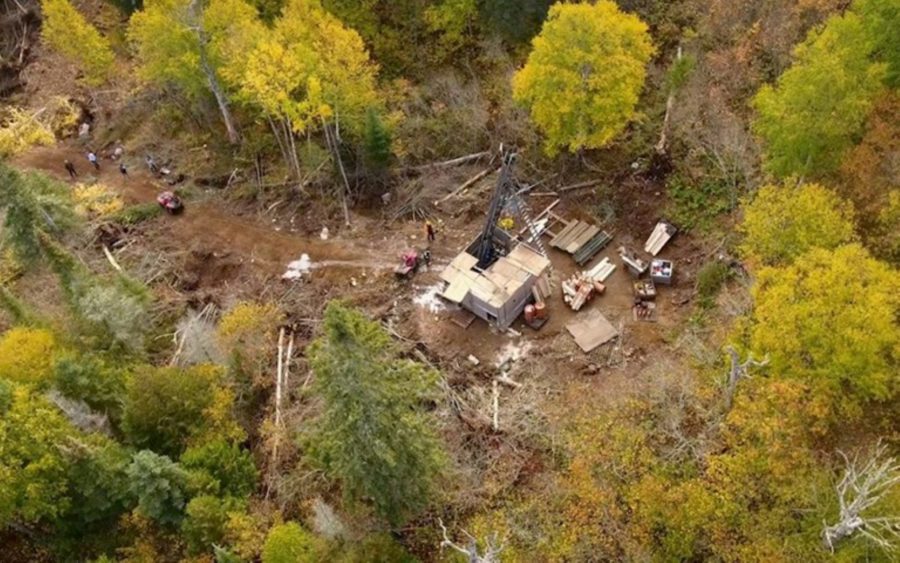
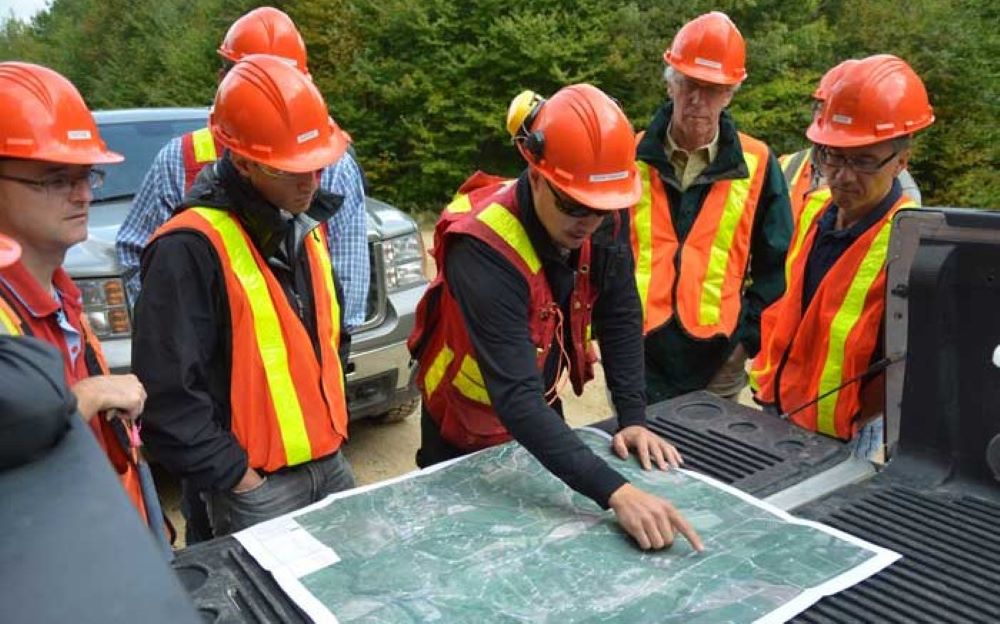
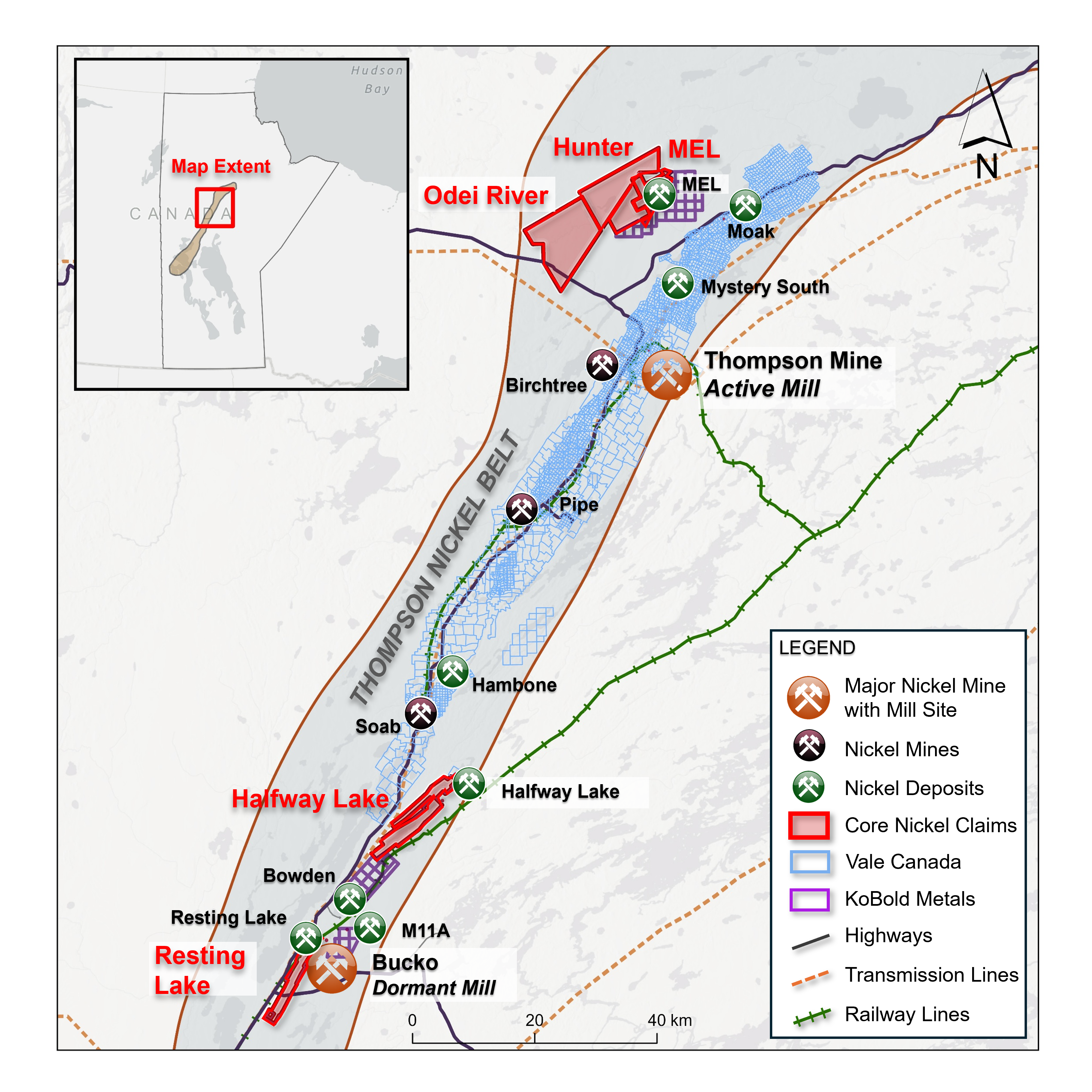
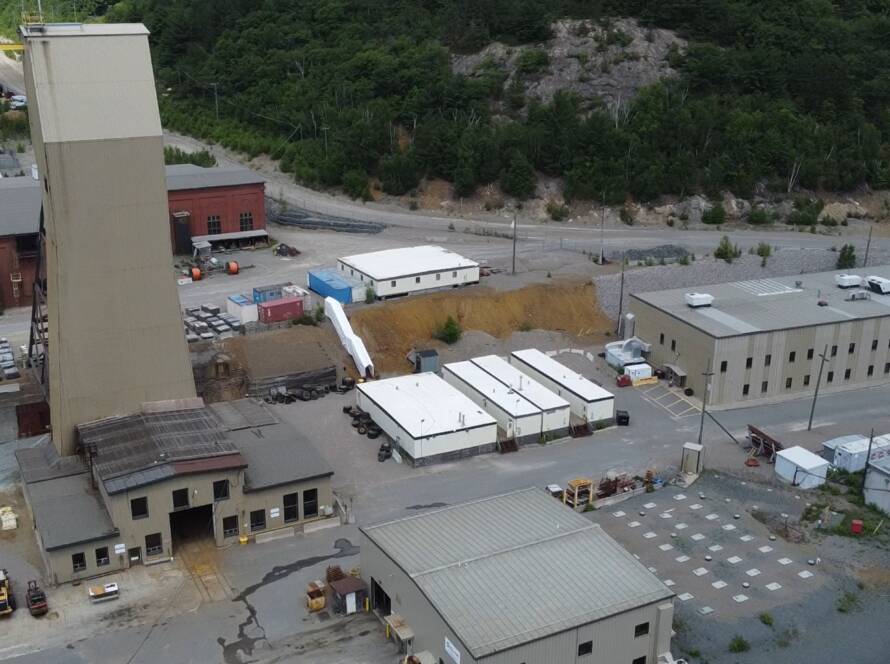
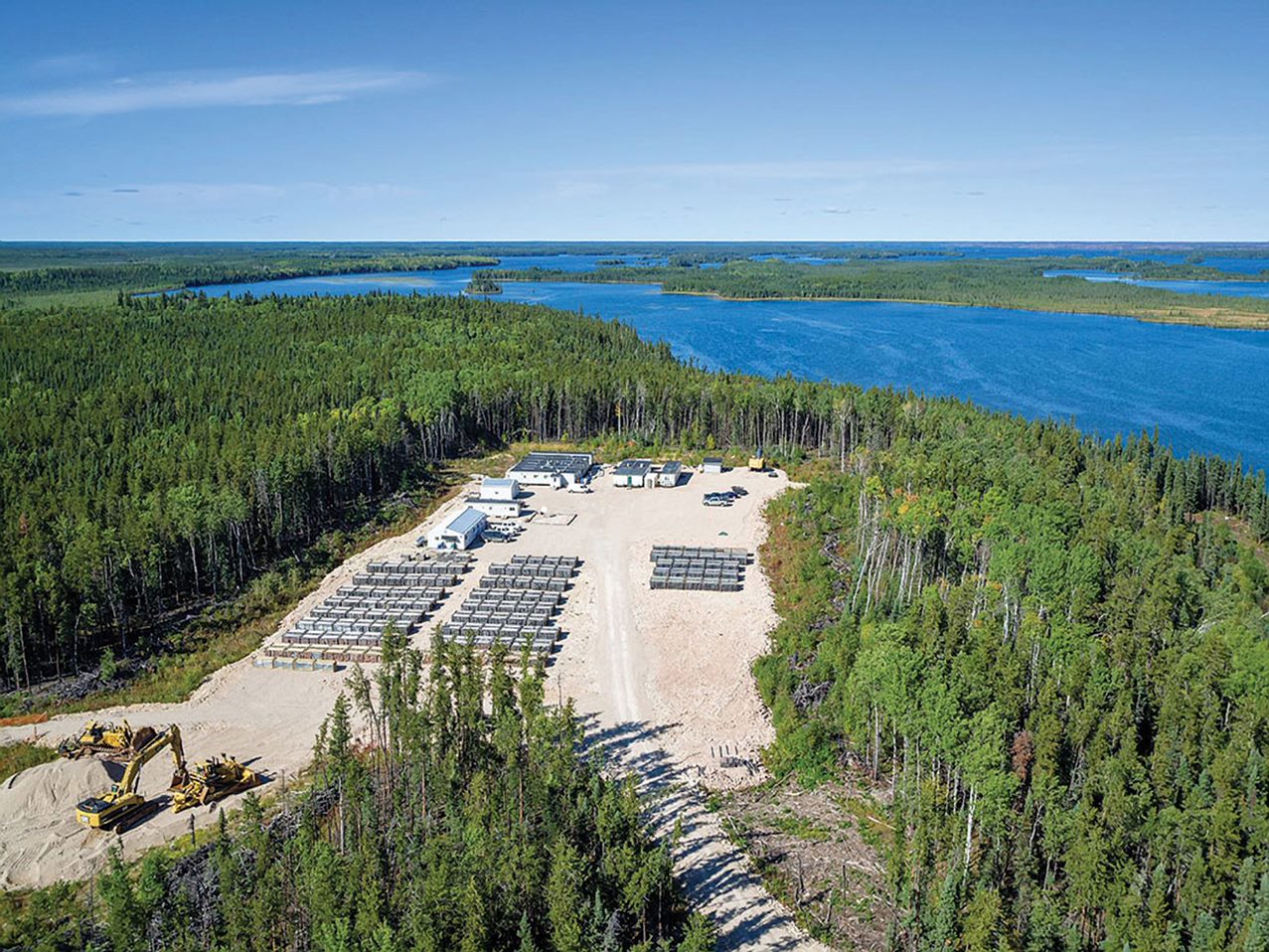
Comments